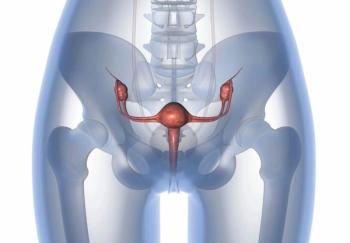
Oncology NEWS International
- Oncology NEWS International Vol 10 No 3
- Volume 10
- Issue 3
First Racial-Ethnic Breast and Cervical Cancer Screening Data
WASHINGTON-A new analysis of data from the National Breast and Cervical Cancer Early Detection Program (NBCCEDP) shows that among women who received their first NBCCEDP Pap test between 1991 and 1998, American Indian and Alaskan Native (AI/AN) women had the highest proportion of abnormal Pap tests, while white women had the highest rate of serious cervical lesions detected by biopsy.
WASHINGTONA new analysis of data from the National Breast and Cervical Cancer Early Detection Program (NBCCEDP) shows that among women who received their first NBCCEDP Pap test between 1991 and 1998, American Indian and Alaskan Native (AI/AN) women had the highest proportion of abnormal Pap tests, while white women had the highest rate of serious cervical lesions detected by biopsy.
Specifically, 4.4% of AI/AN women, 3.2% of blacks, 3.0% of whites, 2.7% of Hispanics, and 1.9% of Asian and Pacific Islanders (A/PIs) had abnormal tests. Biopsies detected serious cervical lesions in 9.9 per 1,000 Pap tests among whites, followed by Hispanics with 7.6 per 1,000, blacks at 7.1 per 1,000, AI/AN women with 6.7 per 1,000, and A/PIs at 5.4 per 1,000 Pap tests.
AI/AN women were the least likely to have ever had a Pap test prior to participating in a NBCCEDP screening. Black women were the least likely to receive follow-up care after a diagnosis of a serious cervical lesion.
NBCCEDP, which is administered by the CDC, is a federally funded program that provides breast and cervical cancer screenings to older and low-income women, and underserved women of racial and ethnic minority groups.
Articles in this issue
over 24 years ago
Mitotic Activity Index IDs High-Risk Node-Negative Breast Cancerover 24 years ago
Disclosure Issues in Cancer Gene Testing Worry Doctorsover 24 years ago
Functional Assessment of Geriatric Cancer Patients Neededover 24 years ago
Mobile Mammography Programs Are Struggling to Surviveover 24 years ago
Ellence Research Fund Names 11 Grant Recipientsover 24 years ago
Hyperfractionated RT Ups Pharynx Cancer Survivalover 24 years ago
Internet Creates Virtual Radiology Departmentover 24 years ago
Dioxin TCDD Finally Listed as ‘Known’ Human CarcinogenNewsletter
Stay up to date on recent advances in the multidisciplinary approach to cancer.




















































































